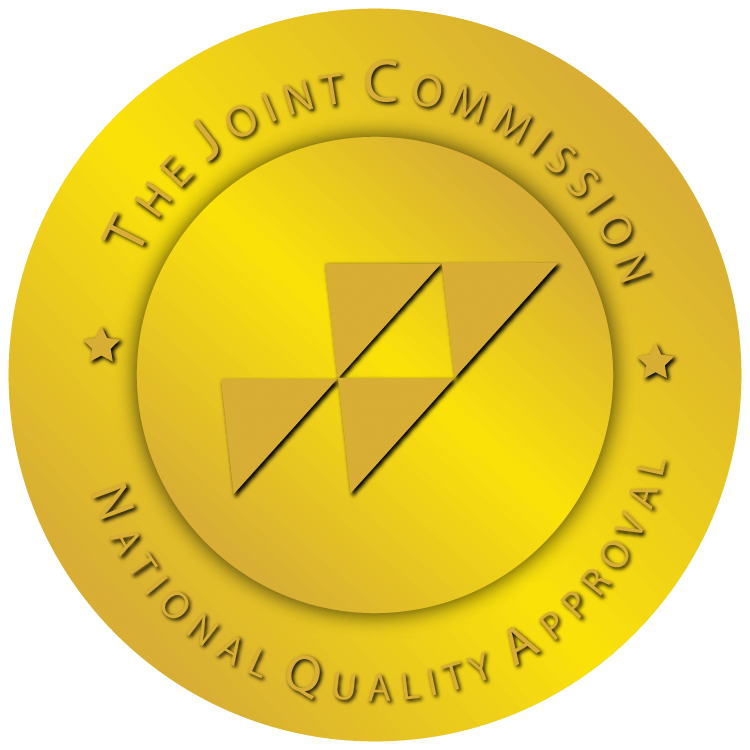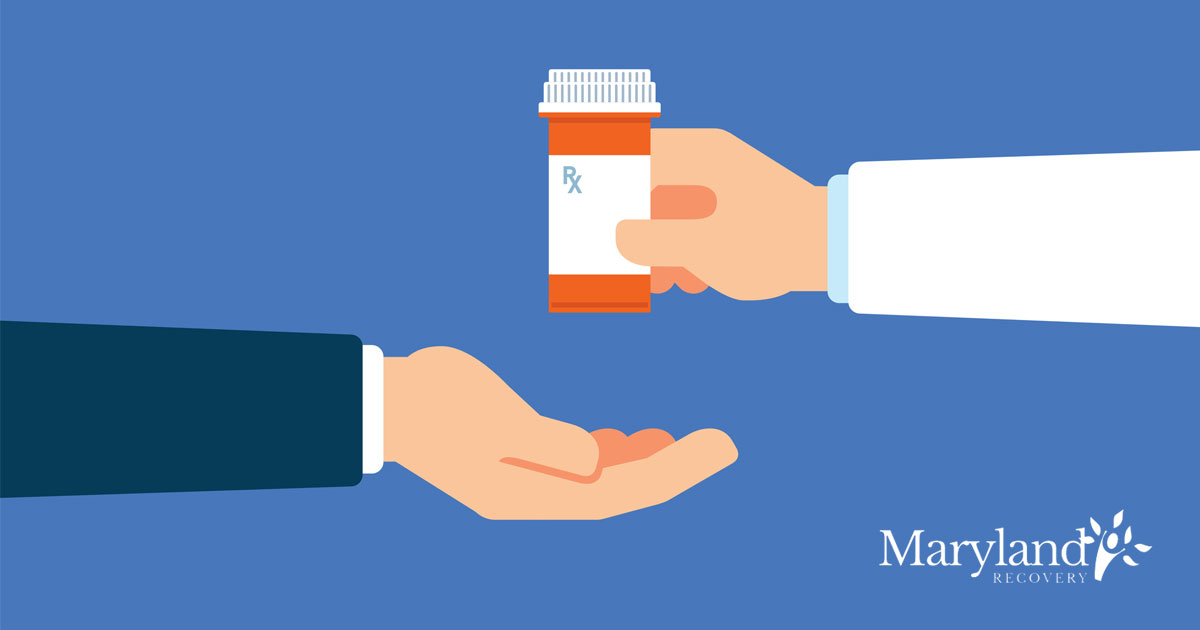
In the United States, prescription drug abuse is rampant throughout the country. It’s unfortunate how many lives are lost every single day, and sometimes it’s hard not to feel hopeless about the state of prescription drug abuse in America. However, there is good news. States are starting to take measures to prevent the continuation of prescription drug abuse by participating in National Drug Take Back Day. Others, including Maryland, have instituted their own drug take-back programs.
Prescription Drug Abuse in The United States
Many people start using prescription drugs for their intended purposes, while others experiment with recreational use. With repeated use, both populations may feel like they can’t function normally without them. When someone becomes physically dependent on prescription drugs, it can quickly turn into an addiction. Unlike illegal street drugs, prescription drugs can be much easier to obtain and their presence in the home can lead to addiction faster.
Doctors are reporting writing more prescriptions than ever before. Individuals have misused and become dependent on drugs used to treat everything from fibromyalgia and epilepsy to anxiety and depression. As a result, prescription drug misuse and addiction have become an epidemic in the United States. In a national survey taken in 2020, tens of millions of individuals aged 12 and up reported that they had misused some form of prescription drug within the past year. [1]NIDA. 2022. What is the scope of prescription drug misuse in the United States? Misuse of Prescription Drugs Research Report. Retrieved May 26, 2022, from … Continue reading
In Maryland, our state has seen first-hand the many effects of prescription addiction, even going as far as to declare a state of emergency in 2017. Synthetic prescription opioids like fentanyl, were responsible for a staggering amount of unintentional drug overdoses. In 2020, overdoses from prescription opioids alone saw over 20% increase statewide, and overdoses from fentanyl were over four times as high as overdoses from the illegal street opioid heroin. [2]Maryland Opioid Operational Command Center, (2021). Before It’s Too Late Maryland. Maryland Opioid Operational Command Center 2020 Annual Report. Retrieved May 26, 2022, from … Continue reading
Maryland’s Commitment to End the Prescription Drug Abuse Epidemic
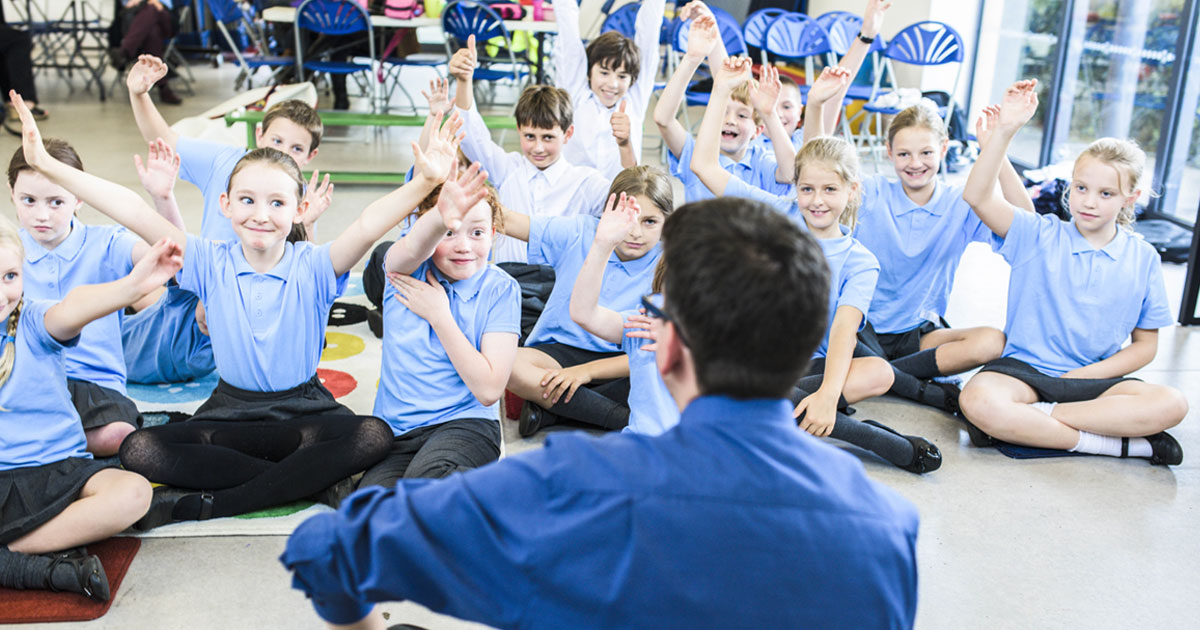
The state of Maryland is taking various measures to curb prescription drug addiction, including the implementation of the Start Talking Maryland Act.
When it was signed into law in 2017, the Start Talking Maryland Act increased drug education for children of all ages and education levels throughout the state. Beginning as early as third grade, students learn how to use prescription drugs safely, and are taught good decision-making skills surrounding drugs. In 6th through 8th grades, students learn more about what health standards surrounding drug use look like as part of a required curriculum.
The Start Talking Maryland Act also made it possible for high school nurses and athletic directors to speak to students about the proper use of prescription drugs. Young people, especially student athletes, who are given prescription drugs as treatment for injuries, can be incredibly vulnerable to addiction. By allowing authoritative figures to have straightforward conversations with students, the Start Talking Maryland act allows for further learning about how to take prescription drugs appropriately, the hidden impacts of pain medications, and the dangers of misuse. [3]AACPS (n.d). What is the “Start Talking Maryland” Act? Anne Arundel County Public Schools. Retrieved May 26, 2022, from … Continue reading
In addition to the Start Talking Maryland Act, law enforcement participation in National Drug Take Back Day, and the establishment of around-the-clock secure prescription drug collection boxes have helped reduce the chance of prescription drug misuse and overdose.
The History of National Drug Take Back Day
The DEA is the event sponsor of National Prescription Drug Take Back Day, which was officially established in 2010. The event was created to address the problem of leftover medications. These medications, often forgotten in the back of a medicine cabinet or a drawer in the home, can easily be found by children, young teens, or friends and family struggling with addiction. This not only poses an immediate danger but could also present an unfortunate opportunity for addiction development.
Before the first event, it was almost impossible to get rid of old medications in a way that was completely safe. Hospitals, pharmacies, and private practice physicians weren’t equipped to collect these dangerous items. Without a place to safely return old or unwanted medication, the only real options were to flush the medication or throw it away, both options posing a potential health concern.
These issues would be forever changed thanks to legislation passed through Congress. In 2010, the Secure and Responsible Drug Disposal Act was legislated. This established the ability for not only National Prescription Take Back Day to exist, but certain clinics, hospitals, pharmacies, and drug-treatment centers were now granted the ability to collect unneeded or unwanted leftover medications as well.
National Drug Take Back Day in Maryland
While National Drug Take Back Day was originally created by the Federal Drug Enforcement Administration (DEA), many states also chose to participate. The state of Maryland wants to encourage individuals to remove unused prescription drugs and dispose of them in a responsible manner in order to reduce the opportunity for misuse to occur. By participating in National Prescription Drug Take Back Day, the Maryland State Police provide a safe and convenient way for individuals to dispose of prescription drugs while also spreading awareness to the general public regarding the potential abuse that can occur with prescription medications.
During last April’s National Drug Take Back Day, Maryland State Police and other Maryland law enforcement officials were able to recover over 10,000 pounds of unwanted medications across 101 collection sites. In Maryland, National Drug Take Back Day has helped responsibly dispose of over 200,000 pounds of prescription drugs collectively. [4]DRUG ENFORCEMENT ADMINISTRATION DIVERSION CONTROL DIVISION. (n.d.). 22nd National Take Back Day Results.DEA National Take Back Day. Retrieved May 26, 2022, from … Continue reading
How to Participate in National Drug Take Back Day
National Drug Take Back Day occurs in April of every year, and there is typically a second take back day held in October. In order to participate in either National Drug Take Back Day, all you have to do is take any unused and unwanted prescription medications to your closest Maryland State Police barracks or official National Drug Take Back Day drop off point.
Next Take Back Day: Saturday October 28, 2023
If you want to responsibly dispose of your unwanted prescriptions before the official take back day, you are still able to drop off your medications with the State Police at your convenience. Every Maryland State Police barracks is equipped with a secure medication drop box that you can access around the clock.
Where Can I Dispose of Old Medications In Maryland?
If you are unable to travel to one of the official Maryland State Police secure medication drop boxes, you still have several options when it comes to disposing of prescription medications responsibly. You may be able to drop the medications with your local law enforcement, hospital, or pharmacy.
If you are unable to travel to one of the official Maryland State Police secure medication drop boxes, you still have several options when it comes to disposing of prescription medications responsibly.
You may be able to drop the medications with your local law enforcement, hospital, or pharmacy.
- Refrain from flushing medications down the toilet, unless they are on the FDA’s list of approved, flushable medications.
- If you can’t flush, remove the drugs from their original containers to avoid revealing personally identifying information and also to conceal the nature of the medication.
- Crush and mix them with unpleasant substances like coffee grounds or kitty litter. [5]Schaffer, M. (n.d.). Drug Disposal. Maryland Department of the Environment. Retrieved May 26, 2022, from https://mde.maryland.gov/PublicHealth/Pages/drug_disposal.aspx
- Place in a plastic bag and dispose of the bag in the trash.
It’s important that you try to dispose of any old or unused medications in the best way that you can. When you dispose of old medications, it can prevent future misuse and abuse of prescription drugs. By participating responsibly, you may aid in preventing addiction within yourself or a loved one.
National Prescription Drug Take Back FAQs
While the goal of National Prescription Drug Take Back Day is to make it as simple as possible for you to dispose of leftover medications, there may be a few questions about how the program works. Here are the most common.
After the Event: Intensive Outpatient Program for Prescription Drug Dependency
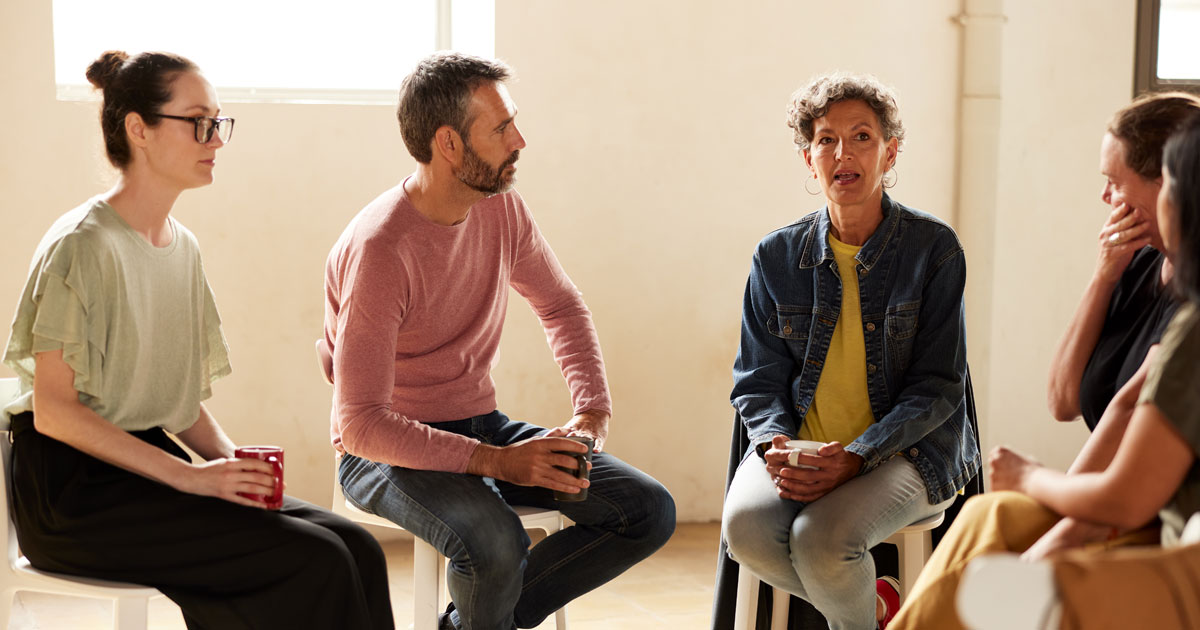
When it comes to addiction recovery, getting as much professional medical treatment as you possibly can before being expected to continue practicing recovery skills on your own can be a huge benefit in your recovery process. Intensive Outpatient Programs (IOP) allow you to have an individualized treatment plan, continue to build on your relapse prevention plan, and utilize a variety of holistic therapy treatments like yoga and meditation.
To be admitted to IOP, you must have already successfully completed a residential or detox program. Because there is no continuous supervision during an IOP, it is a great way to continue your recovery while going about your regular work or school activities.
Holistic Treatment
Holistic treatments seek to heal individuals through treatment of not just the clinical needs of an individual, but the social, behavioral, and mental health aspects as well. Holistic therapies are offered on a range of timelines and include yoga, meditation and mindfulness and auricular (ear) acupuncture for addiction recovery.
Dual Diagnosis Treatment
When someone is affected by two or more co-occurring disorders, or disorders that work in conjunction to undermine the overall health of an individual, it is referred to as dual diagnosis.
Examples of dual diagnosis include:
- A person who is suffering from depression and is using prescription opiates to self-medicate the symptoms they are experiencing.
- An individual who becomes addicted to Xanax after being prescribed it to treat their anxiety.
- A military veteran who has been prescribed opiate painkillers for injuries sustained during combat and has become addicted to them. On top of dealing with an opiate addiction, the individual is also diagnosed with PTSD.
- An individual who suffers from ADHD likes the way Adderall makes them feel and begins misusing it. Once they start abusing their own stimulants, they start to experiment with others and eventually become addicted.
Even if you choose not to have any mental health treatment, it must be available for anyone undergoing the recovery process. After your detox, and while you adjust to sober living, it is more than likely you will begin to experience symptoms of Post-Acute Withdrawal Syndrome (PAWS). Experiencing many of these symptoms, like depression, guilt, or shame, can take a toll on your mental health. It’s important that you have the tools you need to deal with them, if and when they appear.
If you have co-occurring disorders, it’s essential that you seek dual diagnosis treatment while in recovery. Up to 66% of individuals with an addiction issue also have a mental health issue, and if they are both not treated properly, it can lead to a relapse. Seeking dual diagnosis treatment can help you sustain long-term sobriety.
Reviewed by Christopher Schwartfigure MS, LGPC, CAC-AD
*Editor's Note: This article was originally published July 14, 2022 and has been updated October 25, 2023.
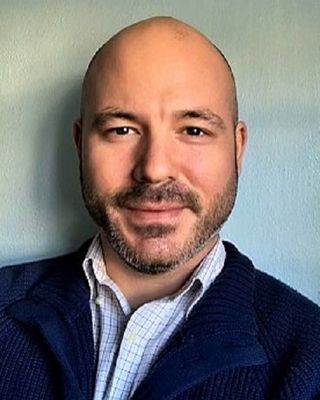
A solution focused therapist with over a decade in the helping services, I am attuned to the broad expanse of holistic recovery. My mission is inspired by the work of Joseph Campbell, Dr. Wayne Dyer, and Fr. Joseph Martin. I am well versed in the specific needs of the recovery community and am trained in EMDR.
References
| ↑1 | NIDA. 2022. What is the scope of prescription drug misuse in the United States? Misuse of Prescription Drugs Research Report. Retrieved May 26, 2022, from https://nida.nih.gov/publications/research-reports/misuse-prescription-drugs/what-scope-prescription-drug-misuse |
|---|---|
| ↑2 | Maryland Opioid Operational Command Center, (2021). Before It’s Too Late Maryland. Maryland Opioid Operational Command Center 2020 Annual Report. Retrieved May 26, 2022, from https://beforeitstoolate.maryland.gov/wp-content/uploads/sites/34/2021/04/2020-Annual-Report-Final.pdf |
| ↑3 | AACPS (n.d). What is the “Start Talking Maryland” Act? Anne Arundel County Public Schools. Retrieved May 26, 2022, from https://www.aacps.org/site/handlers/filedownload.ashx?moduleinstanceid=10643&dataid=18936&FileName=Start%20Talking%20MD%20FAQ%20for%20website.pdf |
| ↑4 | DRUG ENFORCEMENT ADMINISTRATION DIVERSION CONTROL DIVISION. (n.d.). 22nd National Take Back Day Results.DEA National Take Back Day. Retrieved May 26, 2022, from https://www.dea.gov/sites/default/files/2022-05/NTBI22%20Totals.pdf |
| ↑5 | Schaffer, M. (n.d.). Drug Disposal. Maryland Department of the Environment. Retrieved May 26, 2022, from https://mde.maryland.gov/PublicHealth/Pages/drug_disposal.aspx |

